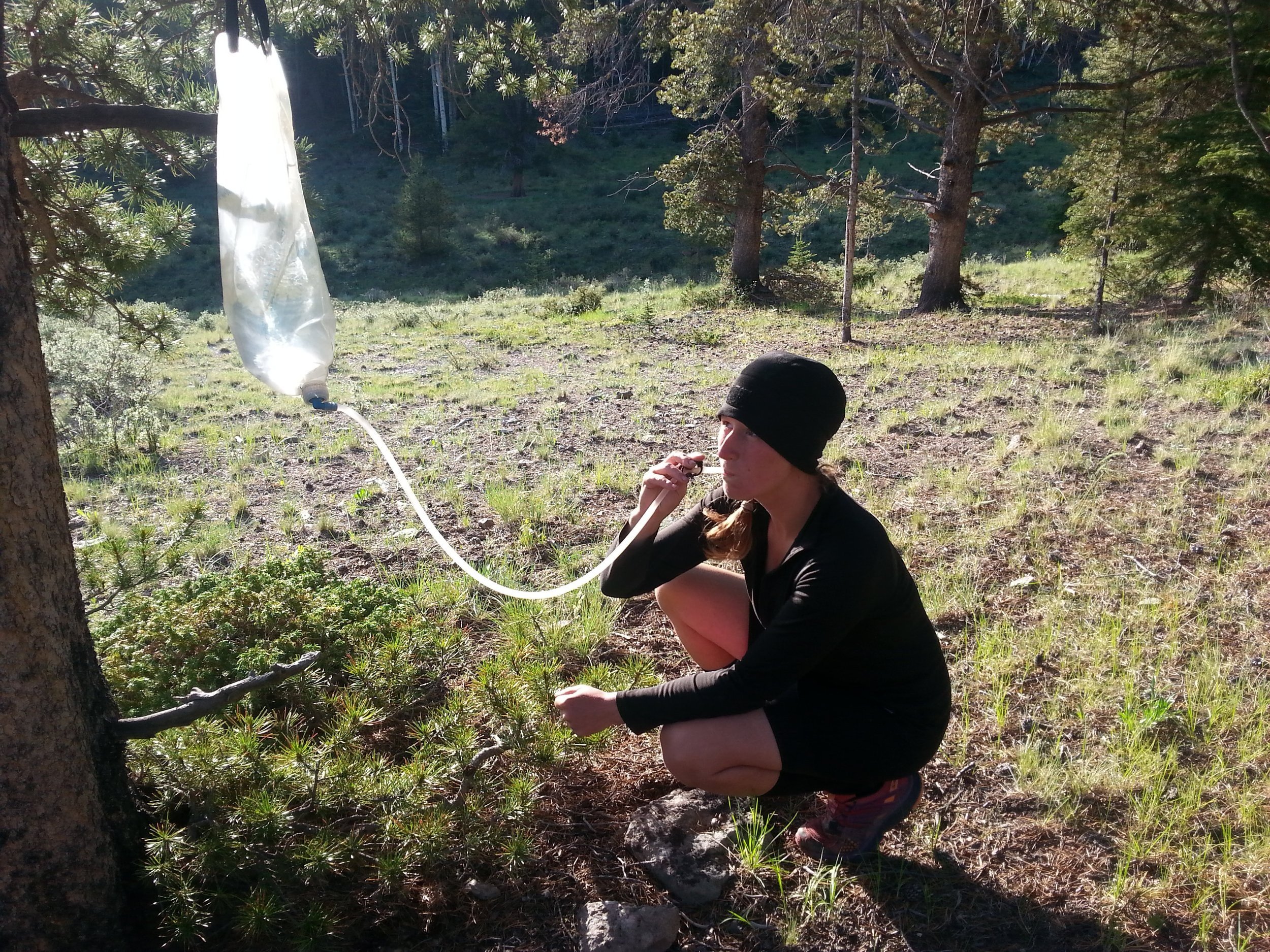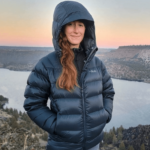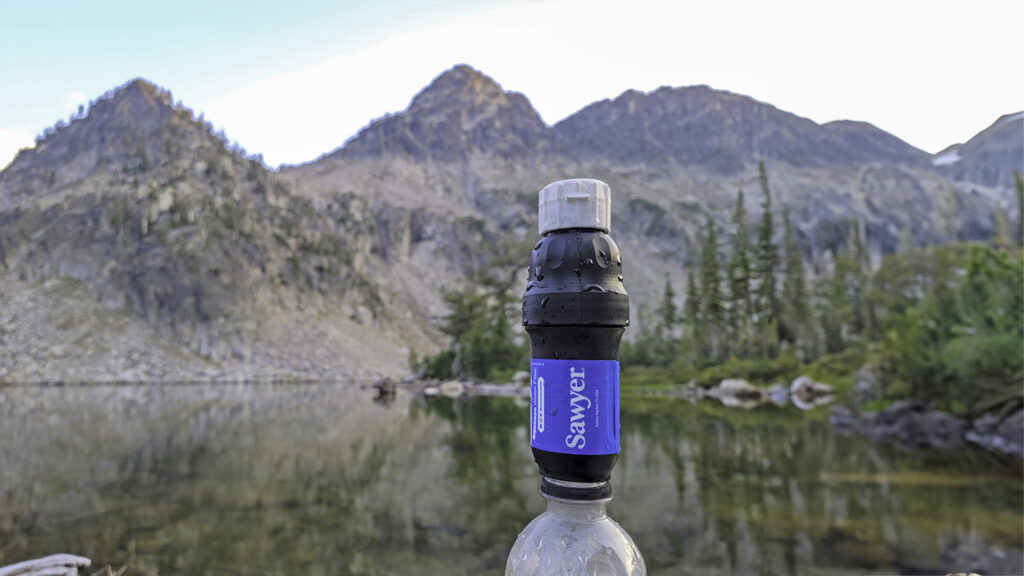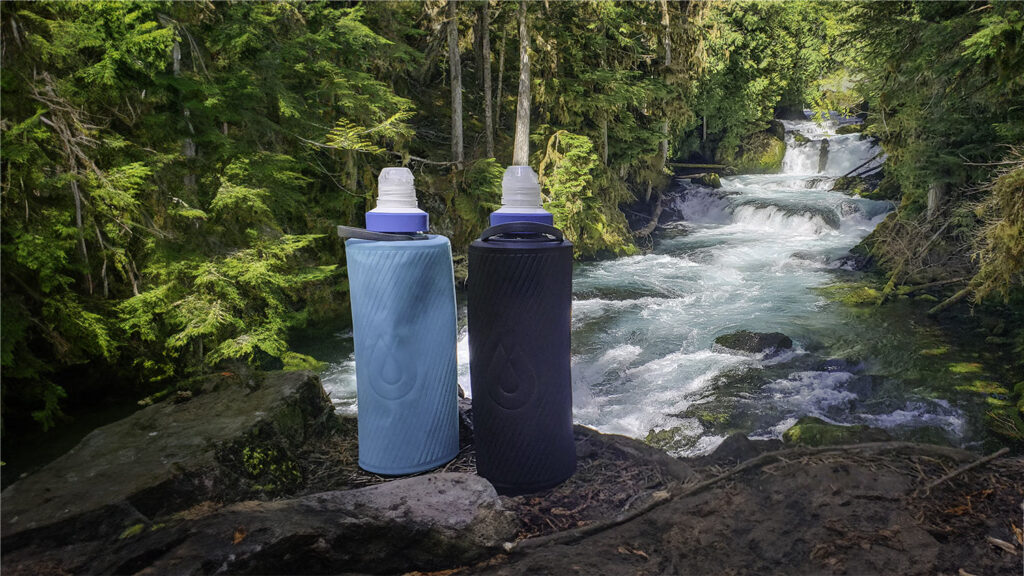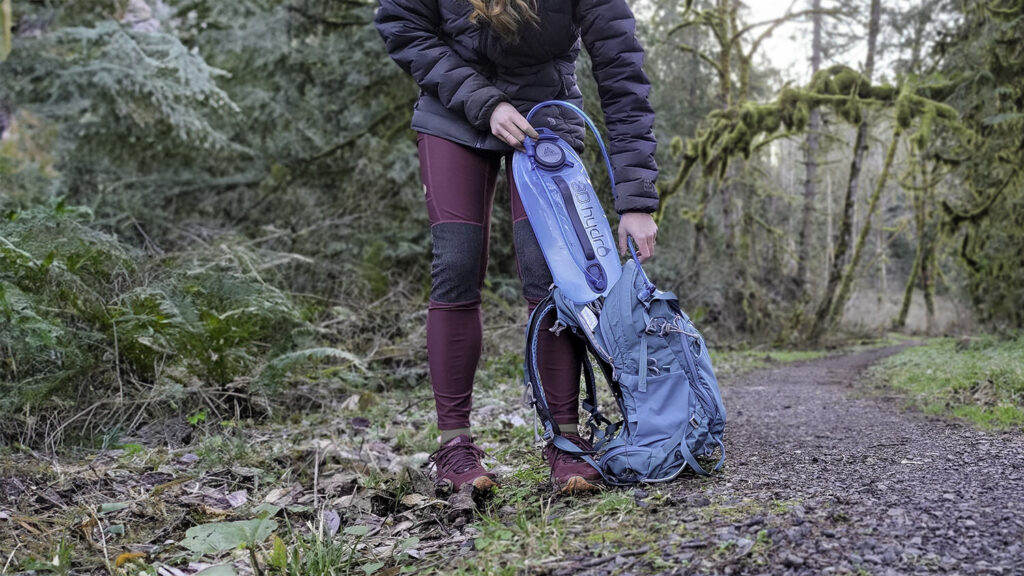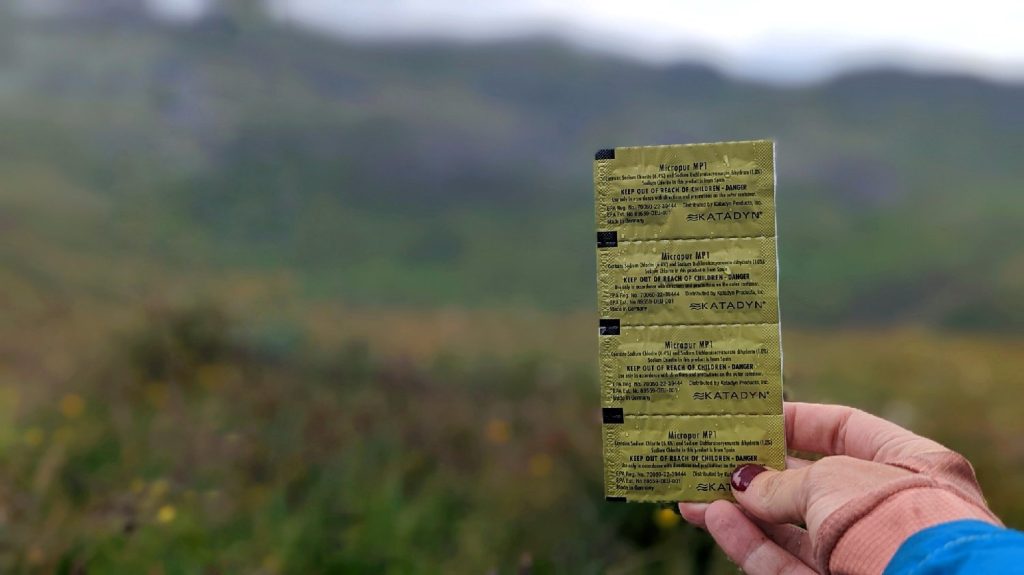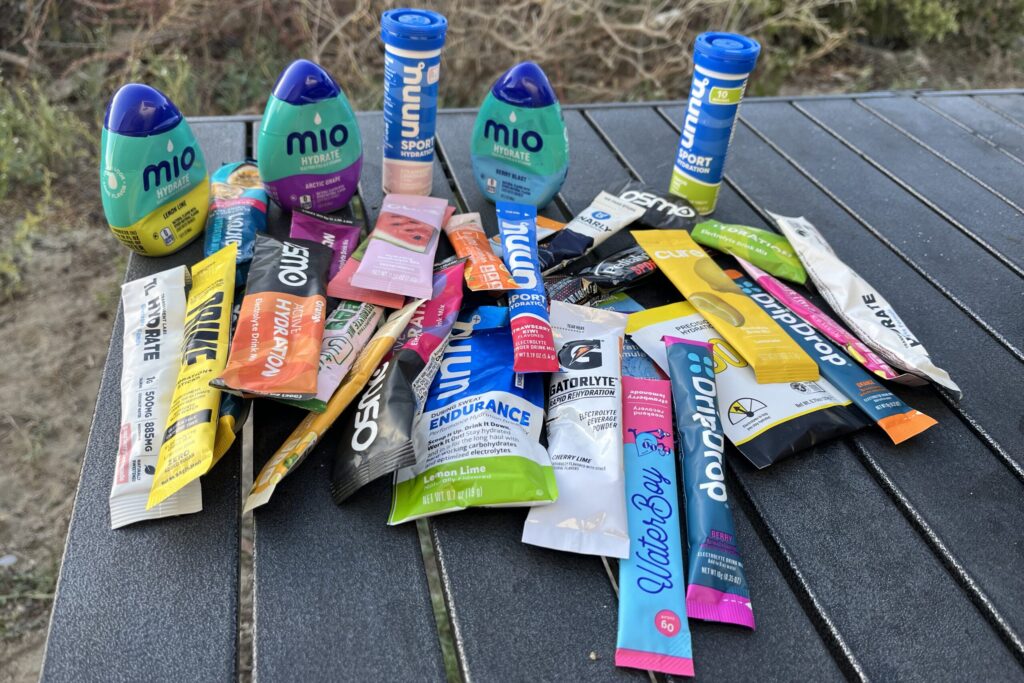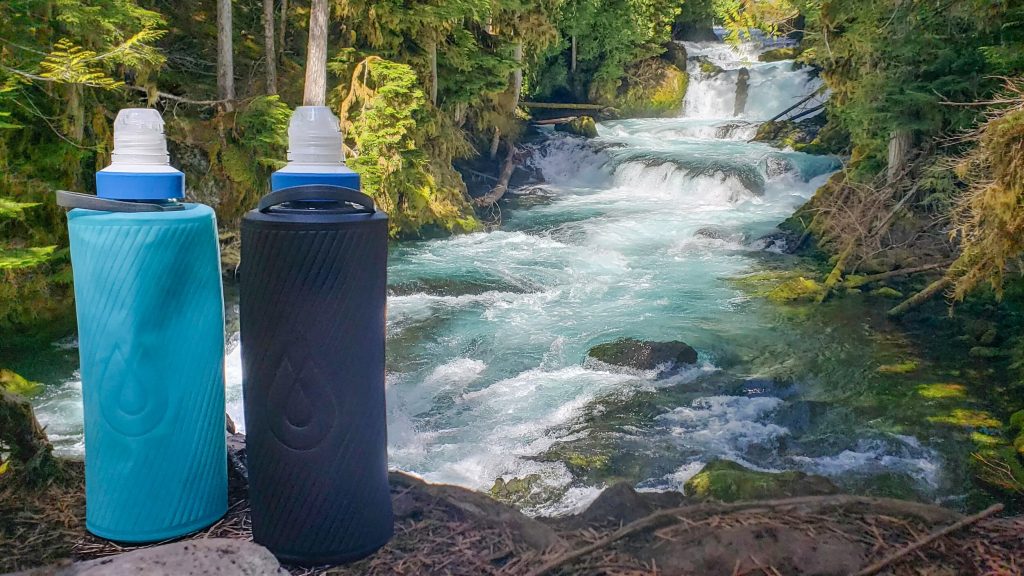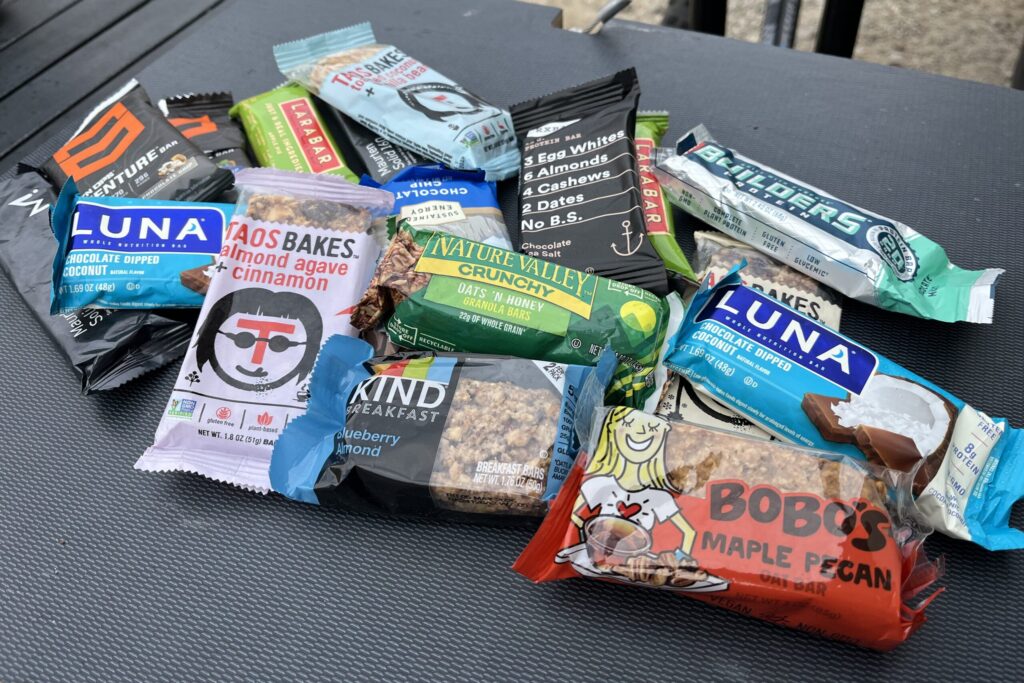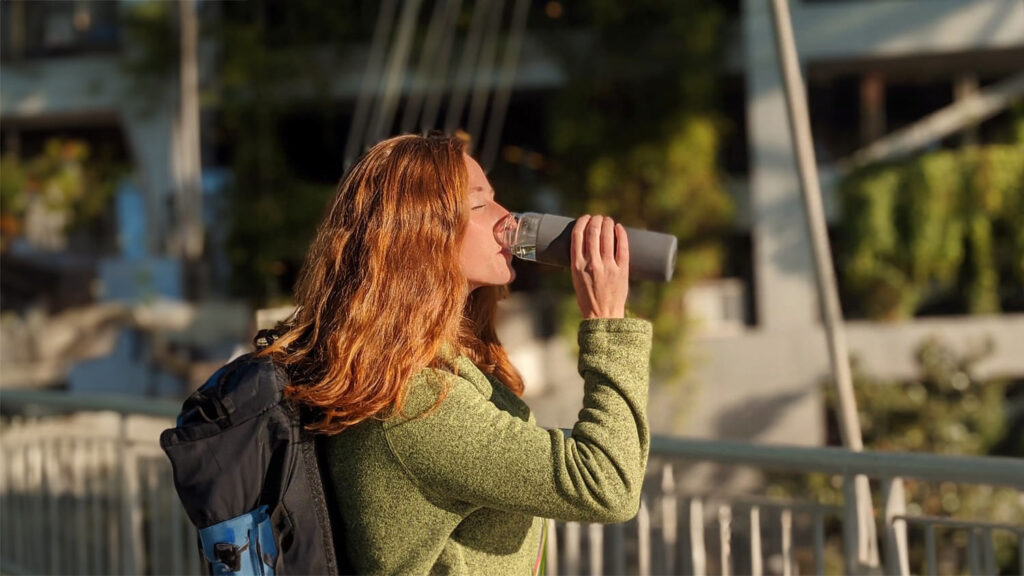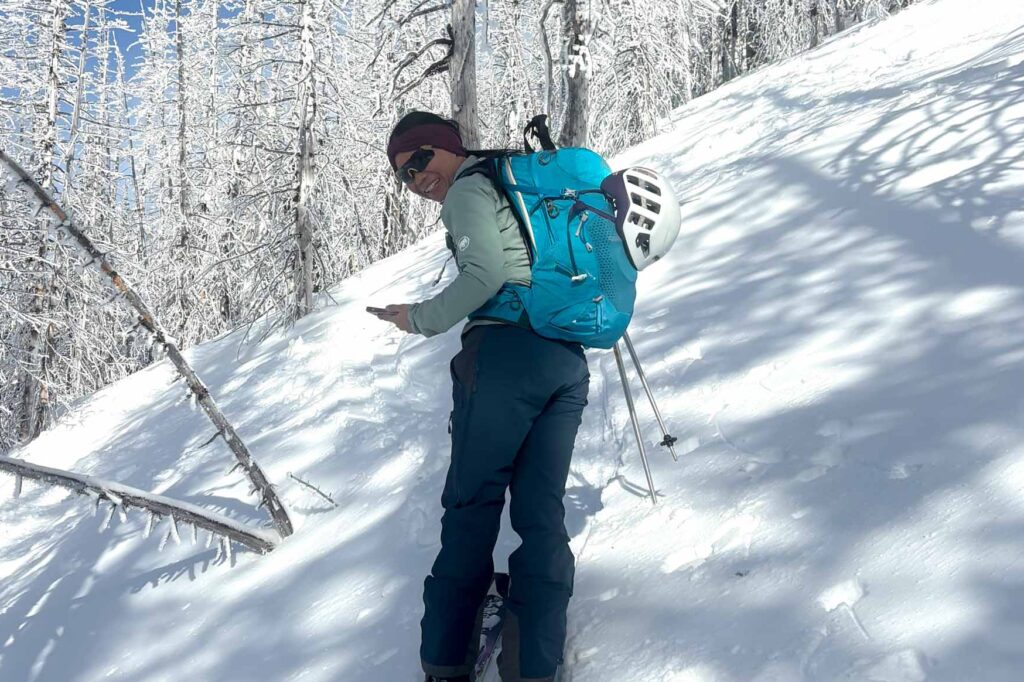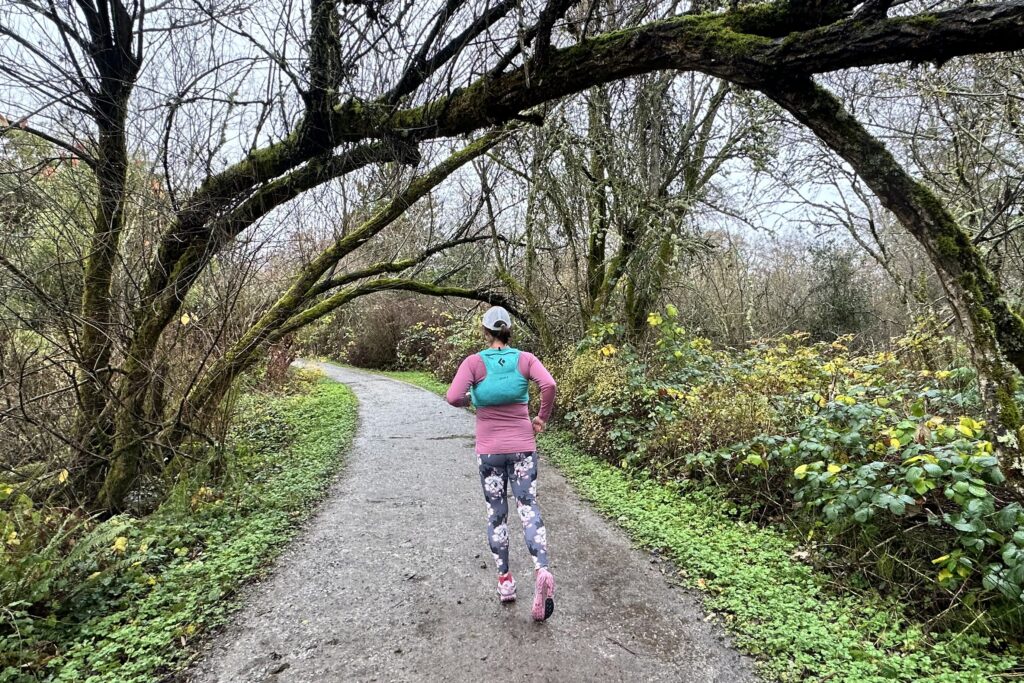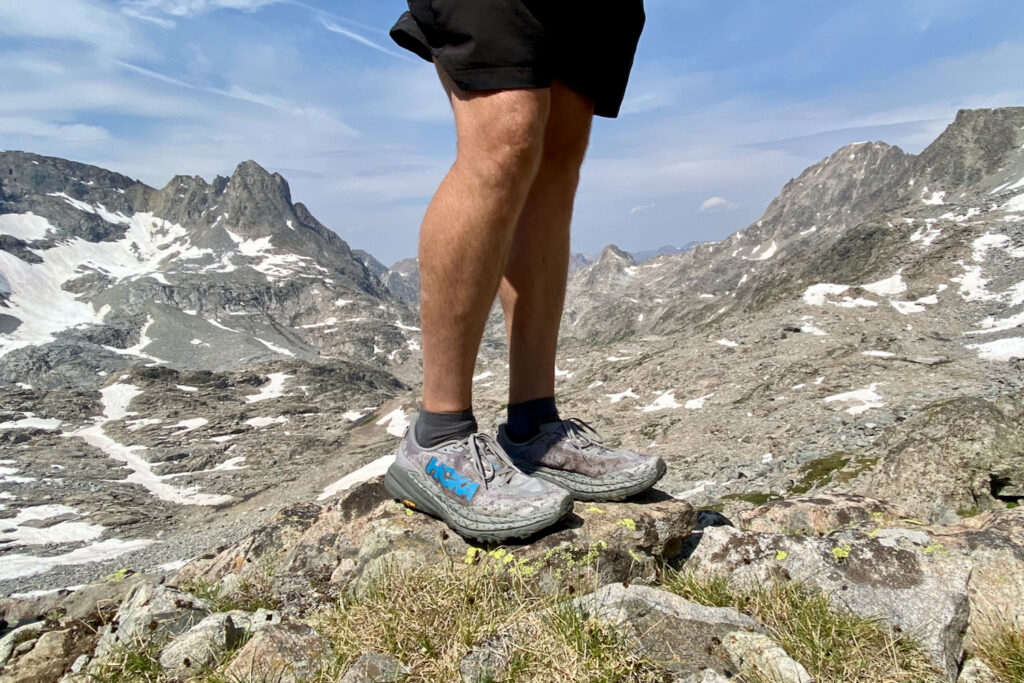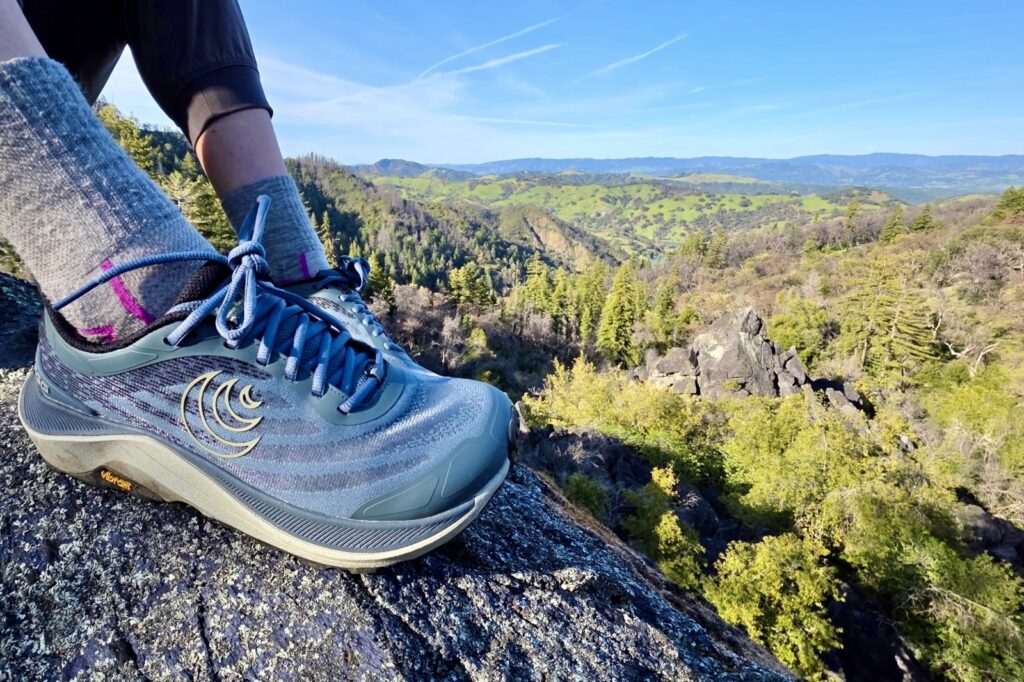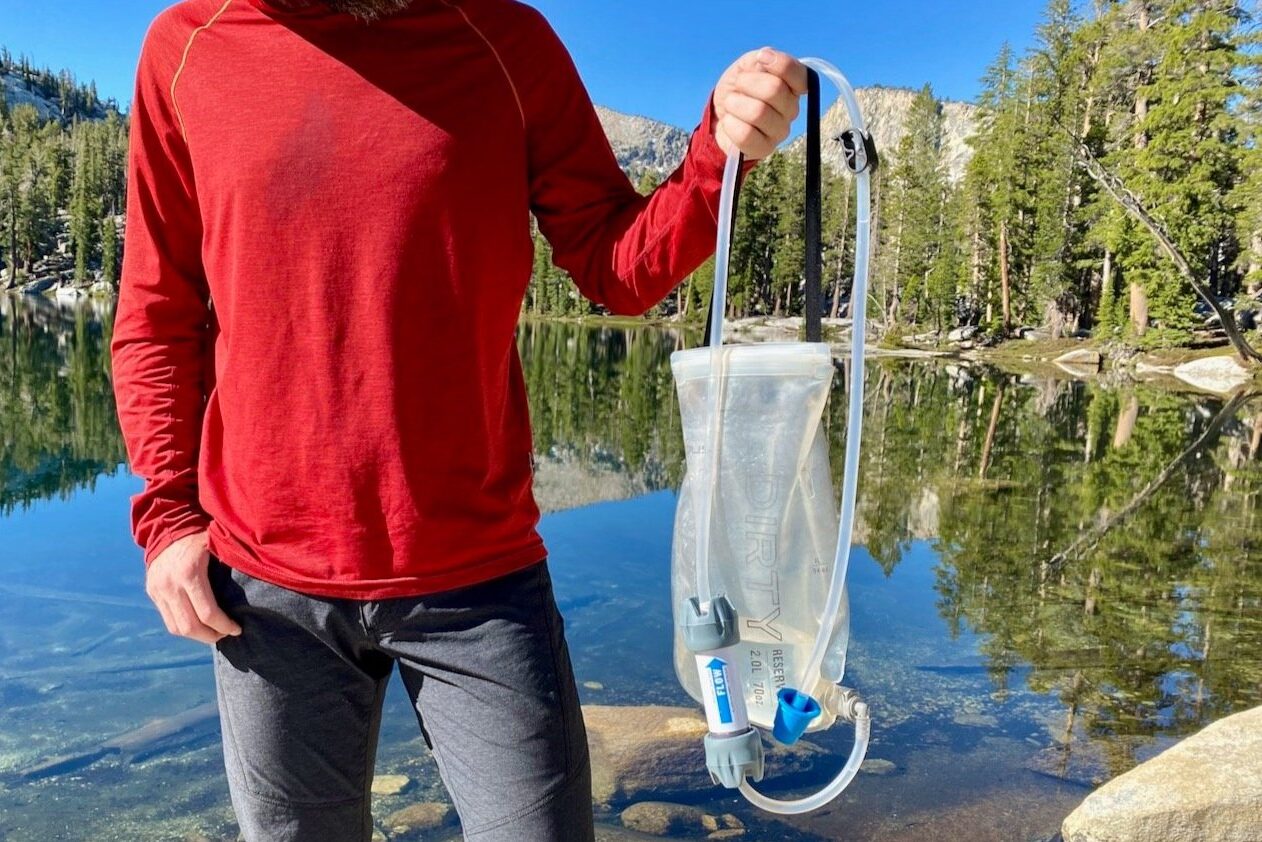
Bottom Line
The Platypus GravityWorks Water Filter is great for anyone who hates the tedious work involved in water treatment on backpacking trips. The system comes in various capacities (2-liter, 4-liter, and 6-liter), but we like the 4-liter best. It’s ideal for pairs or small groups who typically carry one to two liters of water at a time and don’t mind taking several 10-minute breaks per day to relax and refill. The GravityWorks isn’t the lightest, quickest, or cheapest water treatment method available, but it produces clear, natural-tasting water effortlessly and is super convenient in camp. We recommend it for routes that involve dry camping and limited water sources.
See how the GravityWorks System stacks up to the competition on our best backpacking water filters list.
Quick Specs
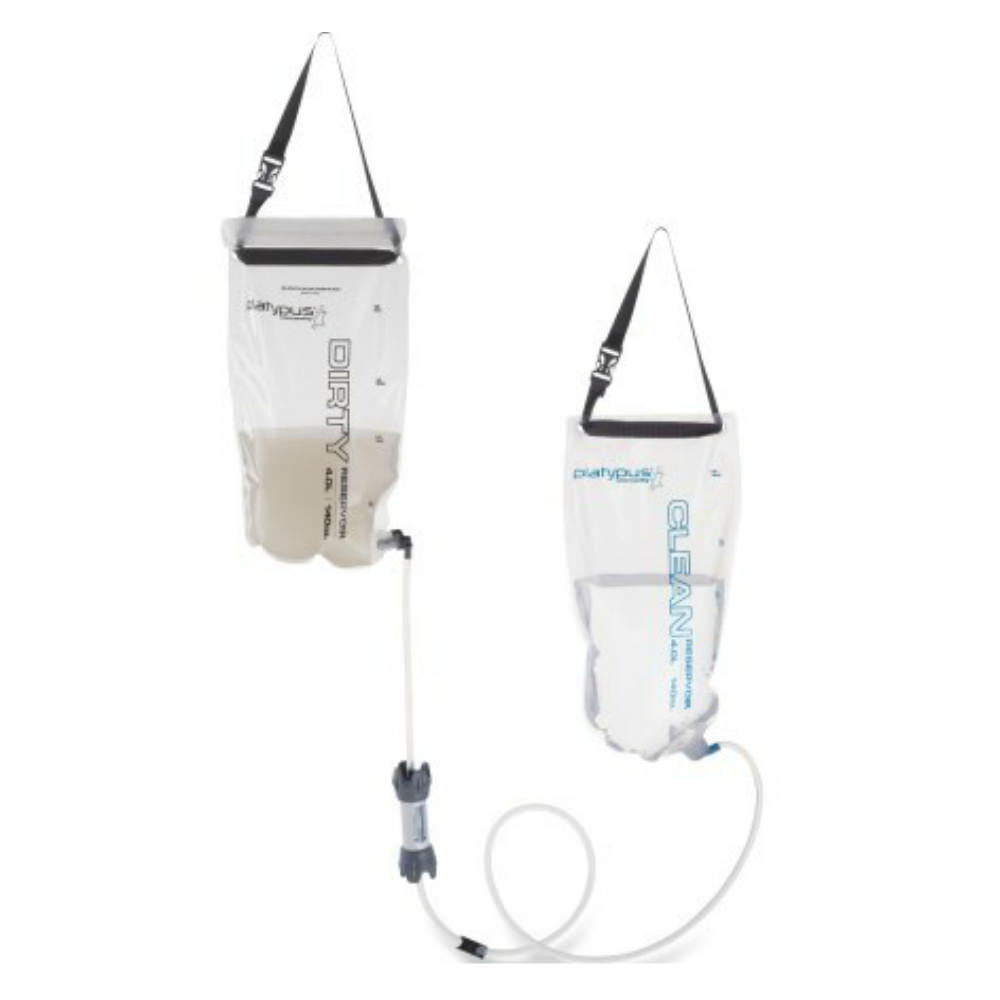
Platypus GravityWorks
Best Gravity Water Filter for Group Camping & Backpacking
Price: $135
Weight: 11.5 oz.(including 4 L reservoirs)
Flow Rate: 1.75 L/min
Filter Pore Size: .2 microns
Lifetime Volume: 1500 L
Pros
- Very easy to use
- Convenient for pairs & groups
- Good flow rate
- Can filter a large amount of water at once
- Easy to clean in the field
Cons
- Heavy
- Bulky
- Expensive
- Slows down over time
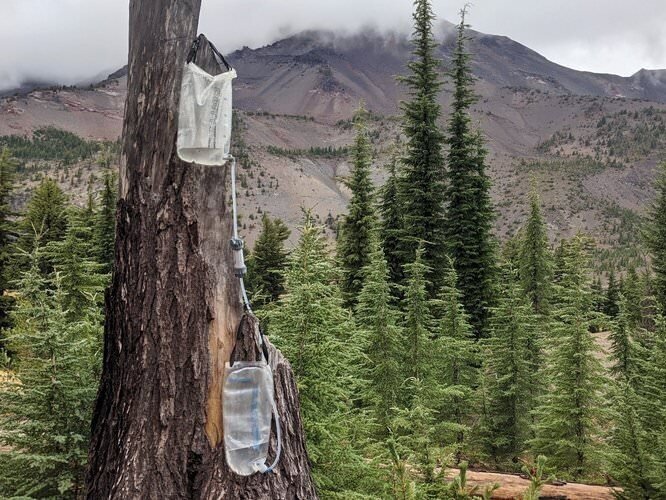
Water Quality
The GravityWorks Filter removes particles down to 0.2 microns in size, including giardia, salmonella, and cryptosporidium. That means no floaties, sinkies, or swimmies – just clear, safe drinking water. We used the GravityWorks to filter water from hundreds of gnarly water sources on the Continental Divide Trail, and we were always very pleased with its performance. It can render a slurry of muddy, green, or cow-patty-infested liquid into clear, nearly tasteless water. Phew!
While the GravityWorks Filter does an excellent job of removing the most common bacteria and protozoans you’ll encounter while backpacking, it doesn’t kill viruses. If you’re hiking in an area where water-borne viruses are a concern, you may want to pair it with a chemical treatment.
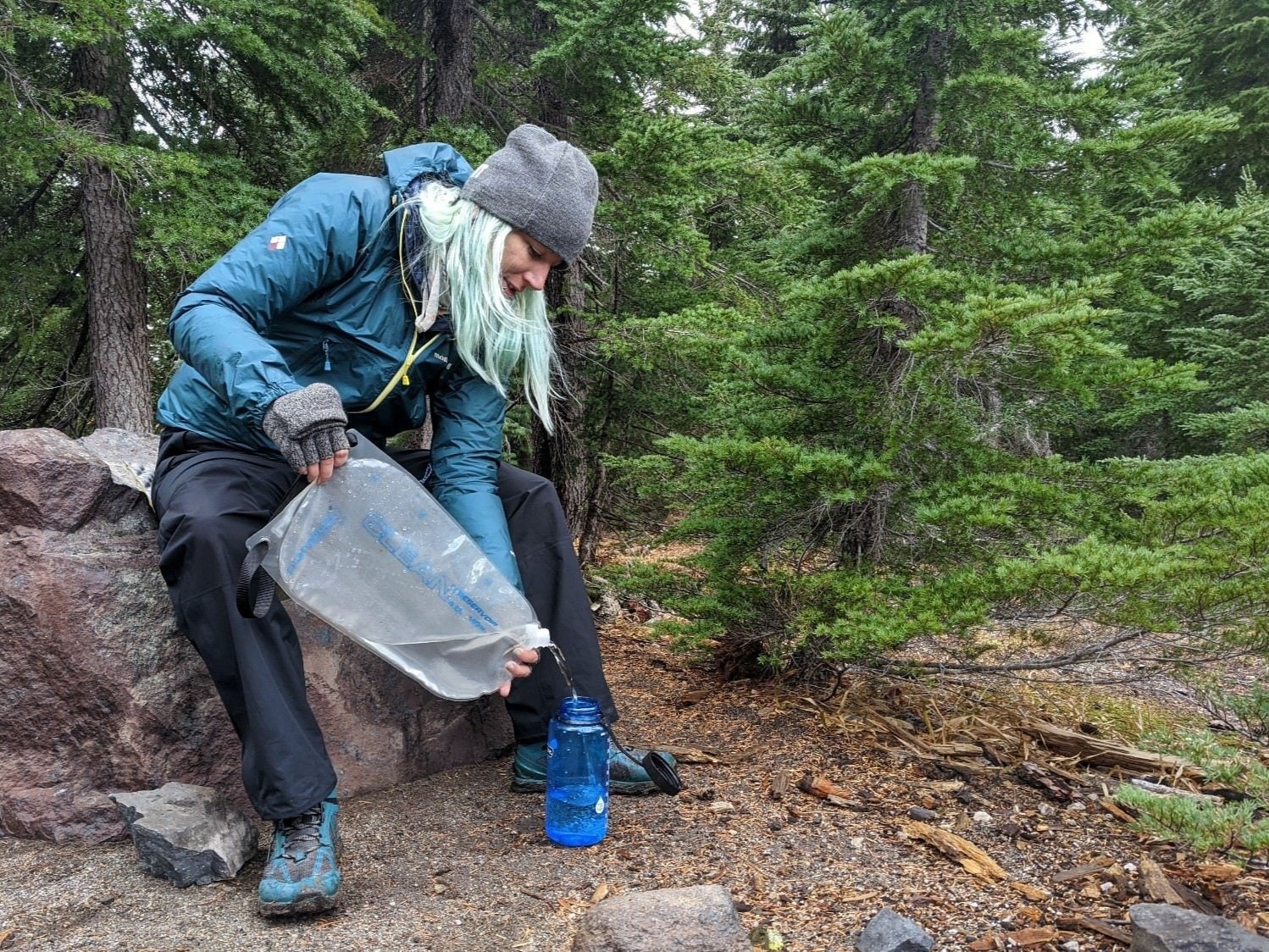
Ease of Use
The GravityWorks Filter is very easy to use on the trail. All you have to do is dip the bag into the source, hang it, and go about your business – which usually involves snacking, geeking out on maps, and kicking up your feet. There’s no need to pump, squeeze, or set a timer for chemicals. Connect the filter to get it started, and let gravity do the work.
One of the best things about the GravityWorks Filter is how easy it is to have multiple liters of clean water ready when you need it in camp. We like to hang ours within reach of our camp kitchen so we can refill bottles, put water in our cookpot for meals, and clean up without moving.
The GravityWorks reservoirs have buckles on the webbing straps. This feature makes it easy to hang them on anything—whether a tree branch, rock ledge, or camera tripod.
The bag that holds unfiltered water in the GravityWorks System has a wide opening, making it easy to collect water. It closes just like a Ziploc bag, but it’s pretty tough to use because it’s so stiff. We’d trust the closure to camel water strapped to the outside of our pack or in an external pocket, but we’d be reluctant to transport water inside a backpack if the seal leaked.
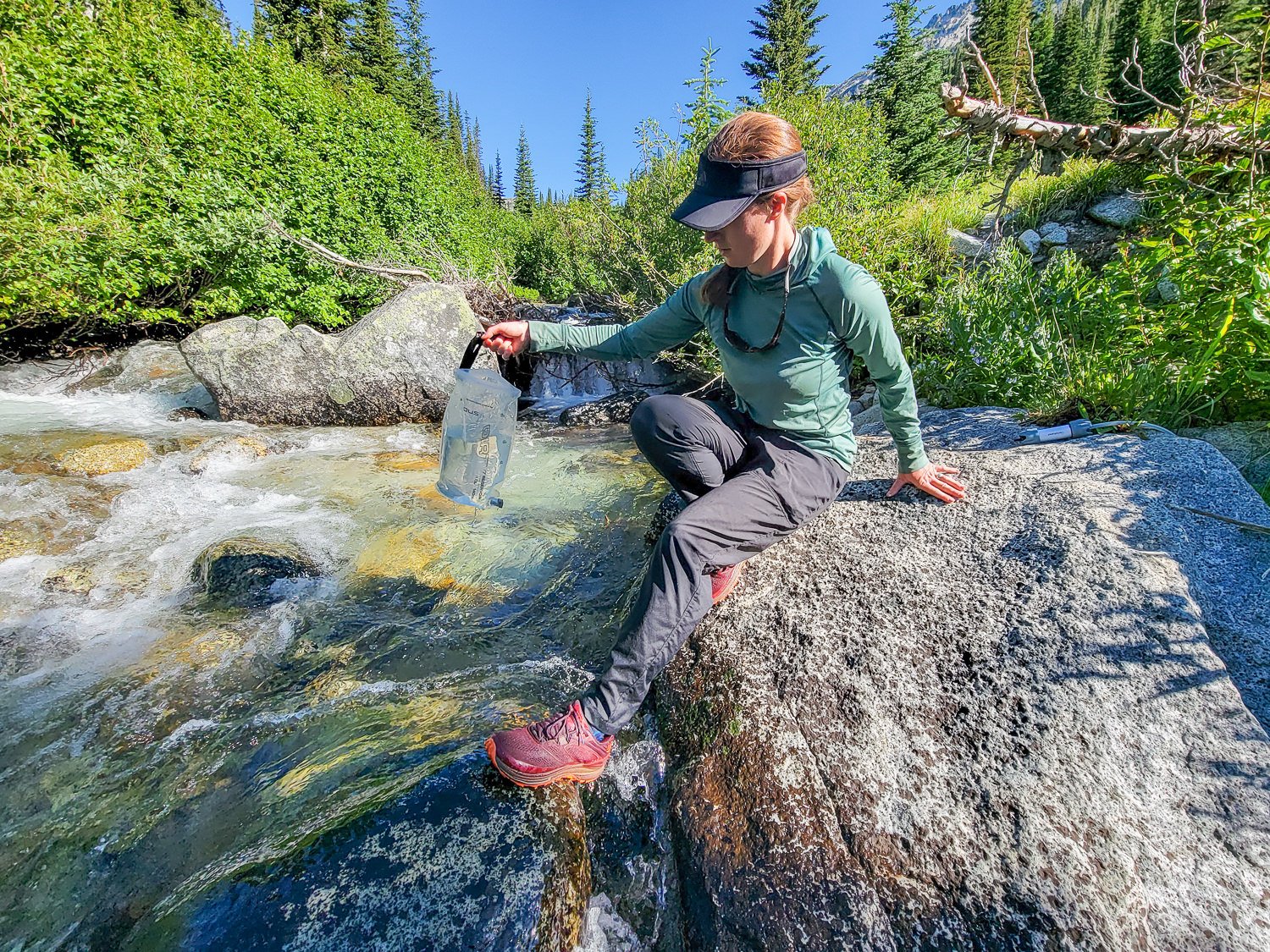
Treatment Time
A brand new GravityWorks is very fast, filtering almost two liters per minute. Unfortunately, the inline filter can get clogged somewhat easily, and the flow rate slows down over time, depending on how silty or contaminated water sources are. You can backflush the system in about four seconds by lifting the clean reservoir above the dirty one. Backflushing allows fresh water to flow in reverse through the filter cartridge and flush particles out. It can be a little annoying if you have to do this a lot, and you may eventually have to use an irrigation syringe to restore the flow if your filter gets really bogged down on an extended trip.
The 4-liter GravityWorks takes a little time to work its magic, so we usually plan to use it on longer breaks or in the camp when we aren’t trying to get a move on. That said, if you and your partner tend to chug and fill a bottle or two each in one sitting, this system will be just as fast as any other treatment method.
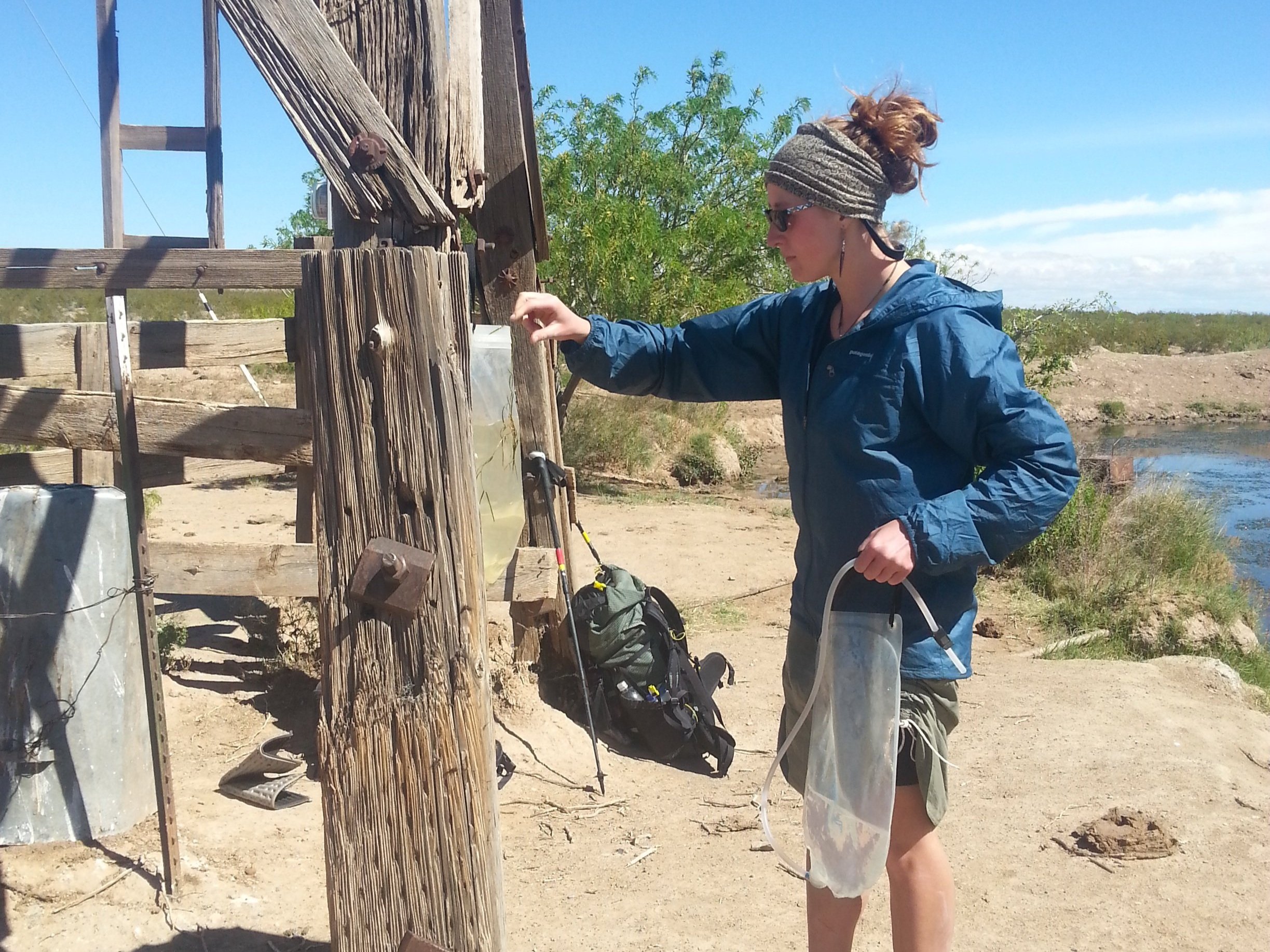
Weight
The GravityWorks Filter is not the lightest and most compact system compared to ultralight water treatment options, like the Sawyer Squeeze or Katadyn Micropur Tablets. For this reason, we usually only take it on trips with groups of two or more people when water sources are few and far between. 11.5 oz. for the 4L, GravityWorks isn’t much when you’re splitting the gear load with a partner. This system is about the same weight and bulk as a traditional pump but much faster and less labor-intensive.
You may get away with carrying fewer water bottles if you use the ‘clean’ reservoir that comes with the GravityWorks System to tote water for dry camping or long stretches between water sources. We also used ours as a hydration bladder since the tube has an on/off valve. If you use this system for multiple purposes like this, it quickly makes up for its slightly larger weight and packed size.
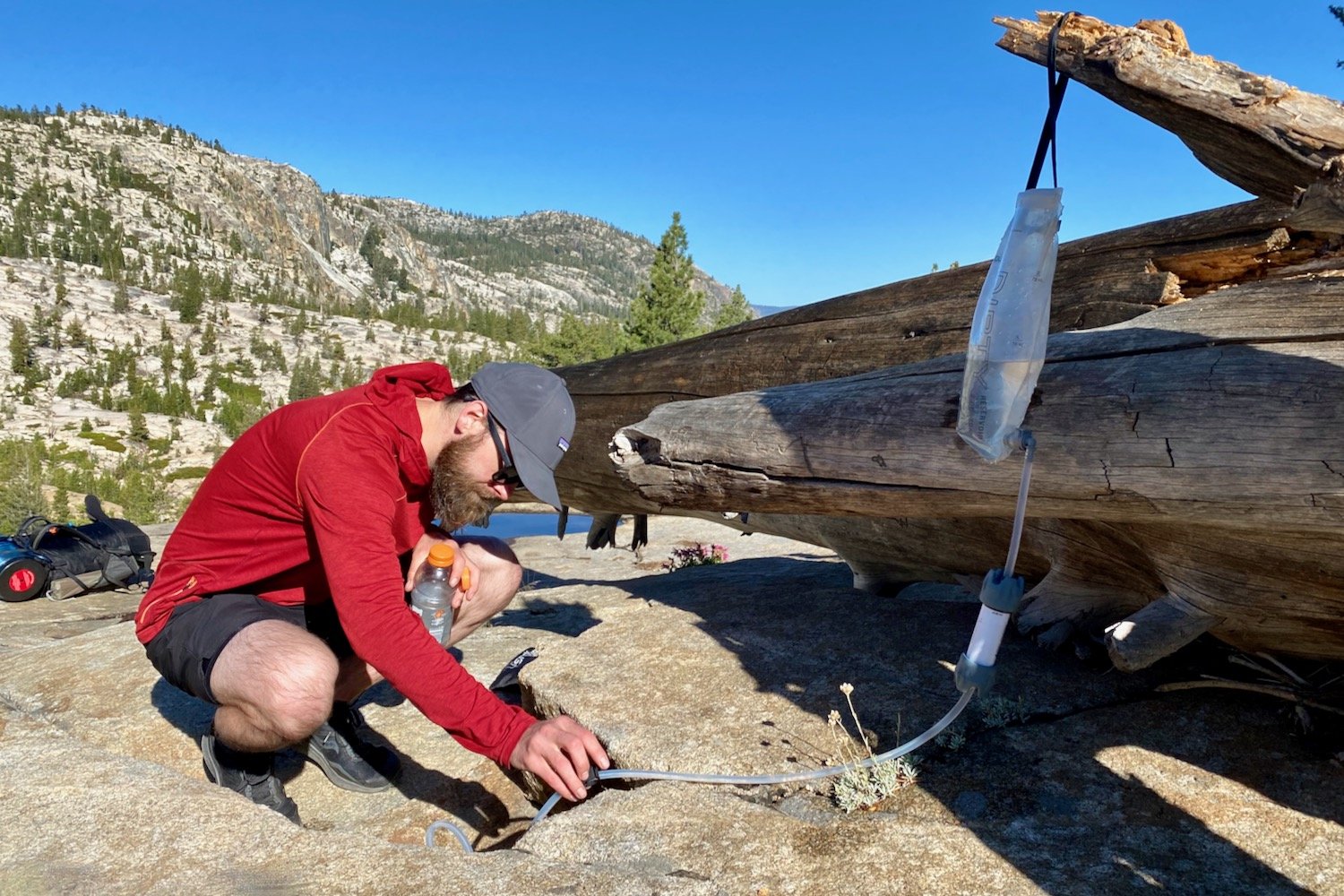
Maintenance & Longevity
The GravityWorks costs substantially more than some of the simpler choices on our list, but we think it’s a good value considering how long it will last. We used our first GravityWorks Filter for an entire CDT thru-hike (over 3,000 miles). We eventually had to buy a replacement cartridge, but it kept on trucking for several more years of use after that.
Maintenance is super fast, and it is a good practice to use a syringe and flush your filter after trips. Otherwise, the reservoirs, tubing, and filters are durable and long-lasting.
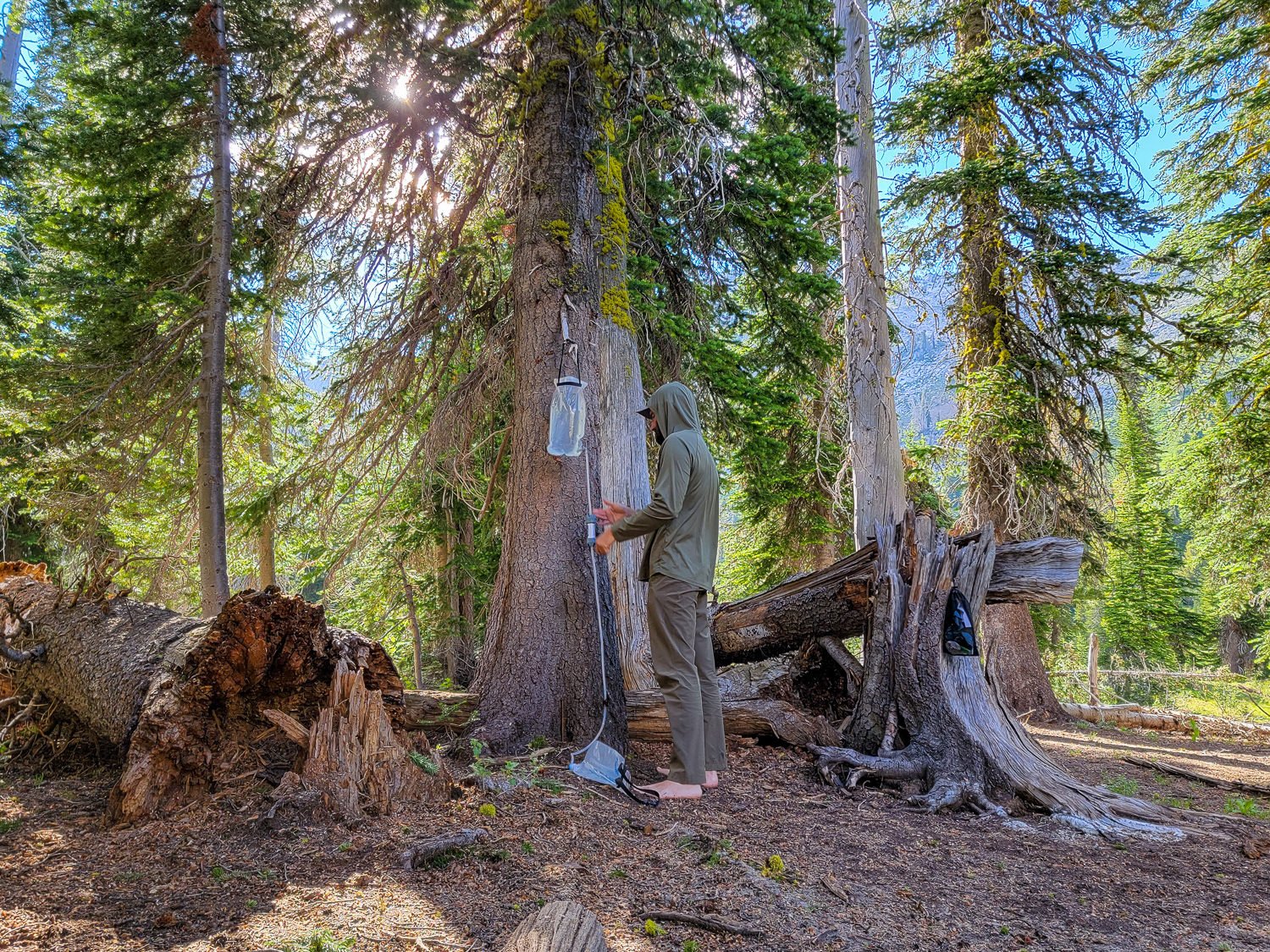
Should You Buy The Platypus Gravityworks?
If you hike with a partner or friends in a group, this is your best option. If you hike in places where the water is murky or where the water sources are few and far between, this is your best option. Platypus makes high-quality reservoirs, durable systems, and high-quality filters, and it is a product we like to have in our pack.
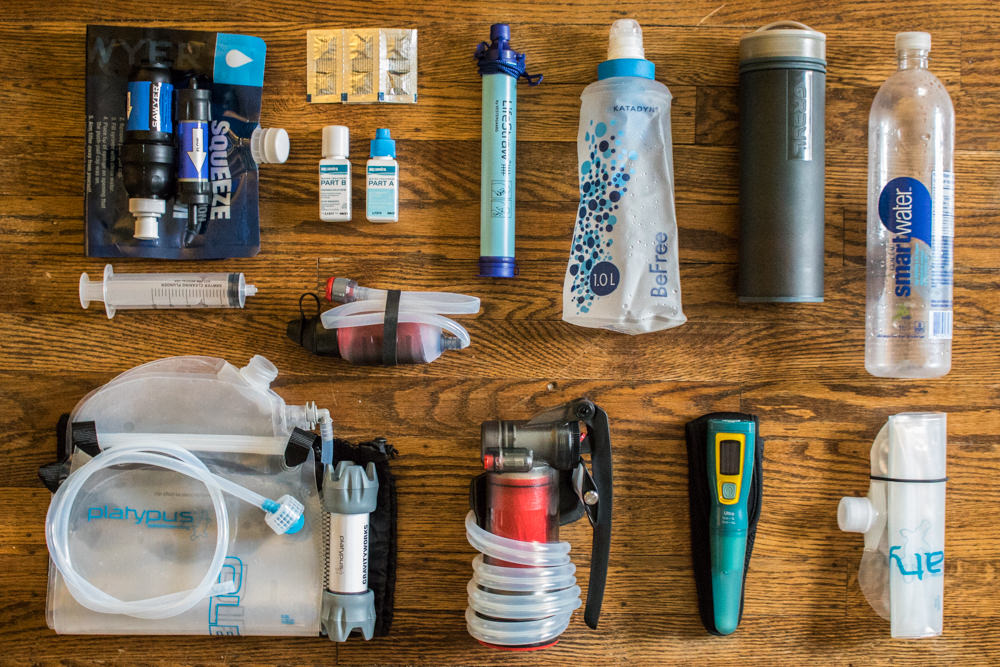
What Other Water Filters Should You Consider?
Katadyn BeFree Review: If you’re hiking in an area with abundant water sources, you may want to reduce your pack weight by only carrying 1L of water at a time and refilling more frequently. The Katadyn BeFree is a lighter and more convenient option for grabbing a quick liter without skipping a beat. Katadyn also offers a gravity-fed system if that is the system that works best for your needs.
